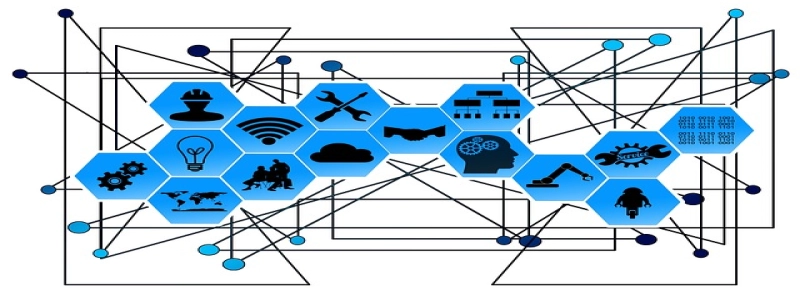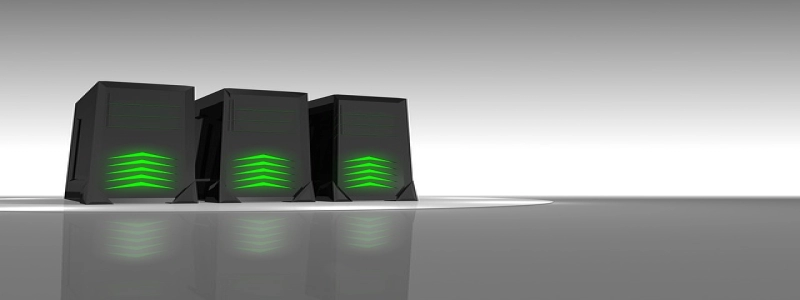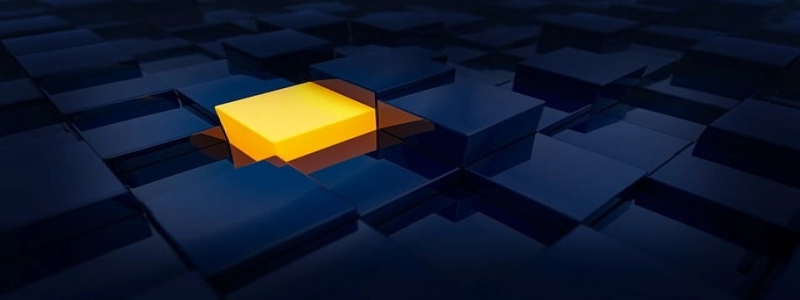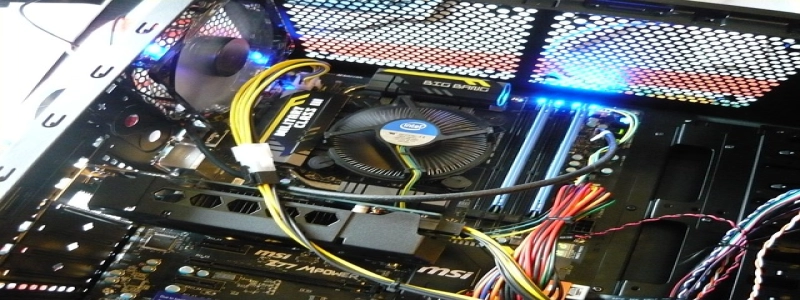Fiber Optic Cable: OM1, OM2, OM3, OM4
I. Introduction
A. Definition of Fiber Optic Cable
B. Importance of Fiber Optic Cable in Telecommunication
II. OM1 Fiber Optic Cable
A. Definition and Characteristics of OM1 Cable
B. Applications of OM1 Cable
C. Advantages and Disadvantages of OM1 Cable
III. OM2 Fiber Optic Cable
A. Definition and Characteristics of OM2 Cable
B. Applications of OM2 Cable
C. Advantages and Disadvantages of OM2 Cable
IV. OM3 Fiber Optic Cable
A. Definition and Characteristics of OM3 Cable
B. Applications of OM3 Cable
C. Advantages and Disadvantages of OM3 Cable
V. OM4 Fiber Optic Cable
A. Definition and Characteristics of OM4 Cable
B. Applications of OM4 Cable
C. Advantages and Disadvantages of OM4 Cable
VI. Comparison of OM1, OM2, OM3, and OM4 Cables
A. Performance
B. Distance Capability
C. Cost
VII. Conclusion
A. Summary of key points
B. Selection of Optimal Fiber Optic Cable based on requirements
C. Future Trends in Fiber Optic Cable Technology
I. Introduction
Fiber optic cable is a crucial component in the field of telecommunications. It is a high-speed data transmission medium that utilizes thin strands of glass or plastic fibers to transmit information in the form of light pulses. This article will delve into different types of fiber optic cables, specifically OM1, OM2, OM3, and OM4, exploring their characteristics, applications, advantages, and disadvantages.
II. OM1 Fiber Optic Cable
OM1 fiber optic cable, short for Optical Multimode 1, is an early type of multimode fiber cable. It has a core diameter of 62.5 micrometers and a cladding diameter of 125 micrometers. OM1 cables support data transmission speeds of up to 1 Gbps over short distances and are commonly used in local area networks (LANs), especially for connecting computers and switches within buildings. While it is cost-effective, its drawback is limited bandwidth and shorter transmission distance.
III. OM2 Fiber Optic Cable
OM2 fiber optic cable, or Optical Multimode 2, is an improved version of OM1 cable. It features a core diameter of 50 micrometers and a cladding diameter of 125 micrometers. With the ability to support higher speeds and longer distances than OM1, OM2 cables are widely used in LAN applications, data centers, and other similar environments. However, they still have limitations in terms of distance capability.
IV. OM3 Fiber Optic Cable
OM3 fiber optic cable, also known as Optical Multimode 3, is designed to support 10 Gigabit Ethernet at a minimum distance of 300 meters. It features a smaller core diameter of 50 micrometers like OM2, but it utilizes a different type of glass fiber called laser-optimized multimode fiber (LOMMF). OM3 cables are often used for high-speed data transmission in data centers, backbone networks, and other demanding applications where longer distances are required.
V. OM4 Fiber Optic Cable
OM4 fiber optic cable, Optical Multimode 4, is the latest and most advanced multimode fiber cable available. It also employs LOMMF technology and has the same core diameter of 50 micrometers as OM3. However, OM4 cables offer higher bandwidth and can transmit data at 40/100 Gigabit Ethernet speeds over longer distances, up to 550 meters. They are ideal for data centers, high-performance computing, and other applications requiring fast and reliable data transmission.
VI. Comparison of OM1, OM2, OM3, and OM4 Cables
When comparing OM1, OM2, OM3, and OM4 fiber optic cables, some key factors to consider include performance, distance capability, and cost. OM4 has the highest performance and can transmit data at the fastest speeds over the longest distances. However, it is also the most expensive option. OM3 offers a good balance of performance and cost, while OM1 and OM2 are suitable for shorter distance applications with lower performance requirements.
VII. Conclusion
In conclusion, fiber optic cables play a crucial role in the telecommunications industry, enabling high-speed data transmission over long distances. OM1, OM2, OM3, and OM4 are different types of multimode fiber optic cables, each offering unique characteristics, advantages, and disadvantages. Choosing the optimal cable depends on specific requirements such as desired data transmission speed, distance, and budget. With the continuous advancements in fiber optic technology, it is essential to stay updated with the latest developments in this field.







